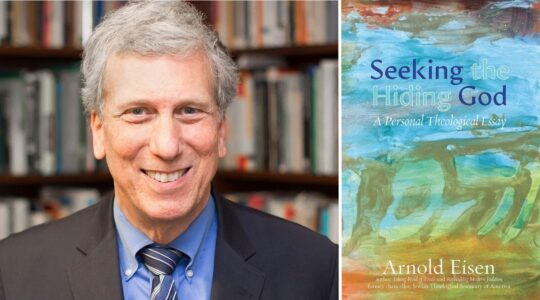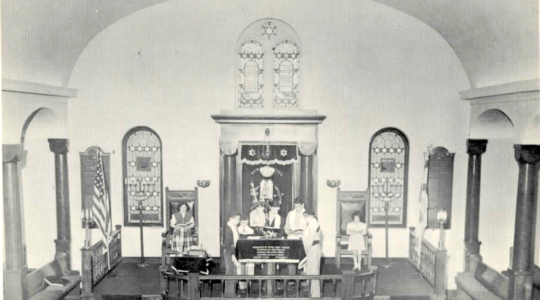Stewart Ain, in his article, “As USCJ’s Money Woes Ease, The Next Test Is To Win Over Critics” (Oct. 3), describes USCJ as having had a “bleak” financial picture before “a series of moves designed to substantially reduce costs.”
While we acknowledge financial challenges in our recent past, proactive steps have been taken to ameliorate this situation and set USCJ on a positive path toward financial stability. We are operating successfully with a balanced budget for the first time in over a decade.
In fact, USCJ is highly optimistic about the future. We made the strategic decision to move to the JTS campus to enable us to deepen important relationships with the Rabbinic Assembly and Conservative movement partners, including the Cantors Assembly, Masorti Foundation, Masorti Olami, MERCAZ, Women’s League for Conservative Judaism, Federation of Jewish Men’s Club, the Ramah Camping Movement and, of course, JTS itself. We’re particularly enthusiastic about the December conference, 20/20 Judaism: A Collaborative Convention, which is being jointly produced with the Rabbinic Assembly. More than 1,000 attendees from across North America are expected to attend. This event is a perfect example of how USCJ provides unique opportunities to its constituents to assemble and confer around the movement’s stance on topics including Israel, the Jewish family, spirituality, inclusion, and other issues that will shape the future of Conservative Judaism.
The negative opinions expressed by rabbis and critics in the article do not represent what most USCJ members tell us about the inherent value of their membership. Case in point: Temple Israel Center of White Plains, N.Y. Synagogue President Marc Berman shared, “We have found great value in USCJ’s various Sulam programs, as well as their conferences taught by talented and consistent faculty, which have provided relevant and unique training, education, and networking opportunities for our synagogue’s current and future leaders.” Rabbi Annie Tucker agreed, “USCJ serves as a convener of important conversations, a disseminator of information and resources, and a source for professional development.”
Further, the article wrongly states that “unlike other synagogue umbrellas, the USCJ relies on philanthropy and on only one primary source of income: dues from its nearly 600 synagogue affiliates.” In fact, in addition to philanthropy and synagogue dues, USCJ’s youth programming, including USY summer travel and the Nativ gap year in Israel, provide a third strong source of income. While it’s true that individual synagogues can offer youth programming on a very local level, only USCJ, with its considerable size, scope, and focus, can offer teens year-round regional, national, and global opportunities — all in the context of Conservative Judaism. No other organization can make that claim.
Sincerely,
The writer is Interim CEO of the United Synagogue of Conservative Judaism.
The New York Jewish Week brings you the stories behind the headlines, keeping you connected to Jewish life in New York. Help sustain the reporting you trust by donating today.




